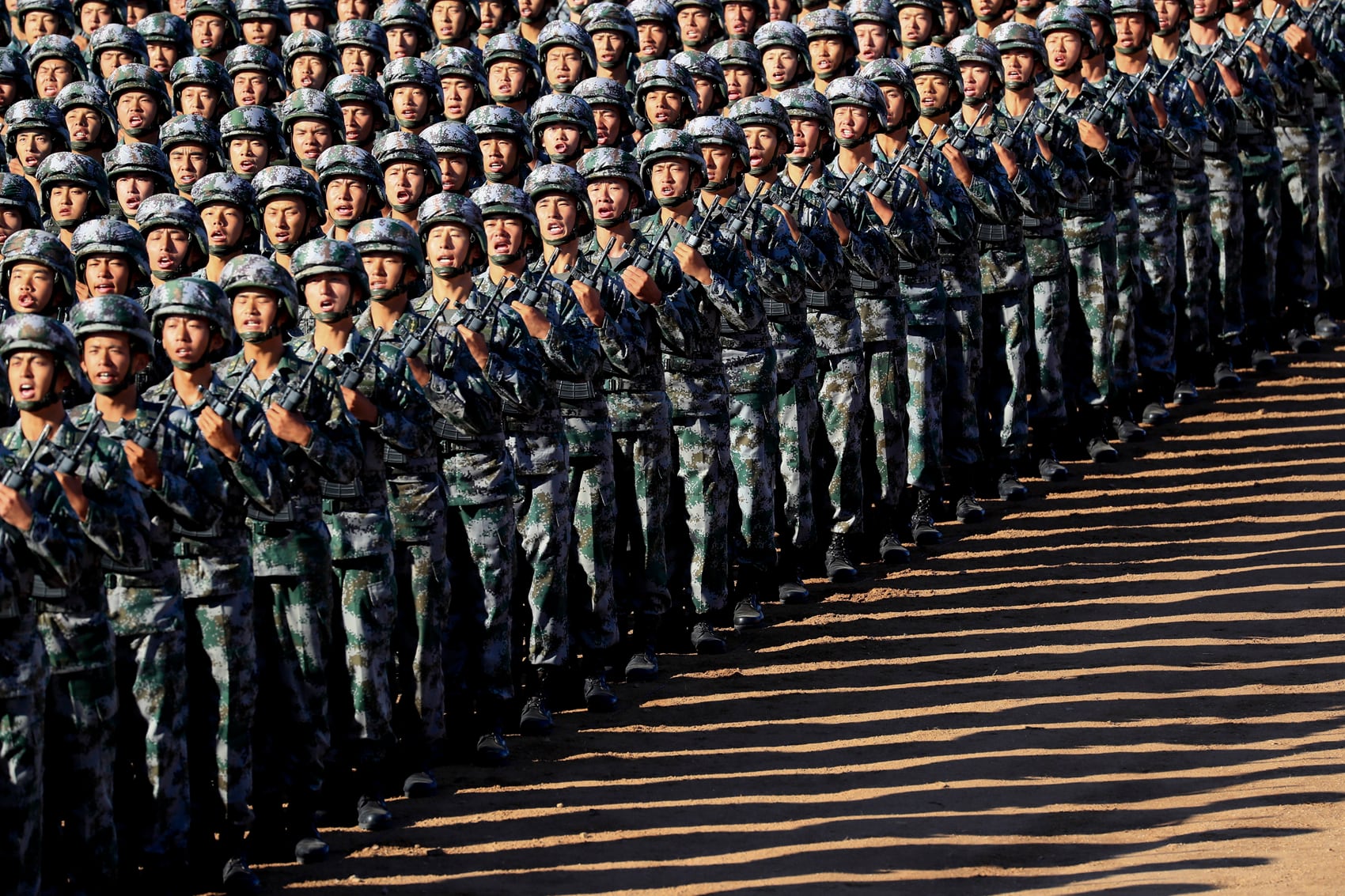This story was updated Sept. 4, 2019, at 9:09 a.m. EST with additional information about a KC-46A order.
Correction: A previous version of this story misidentified the amount of funding sought for the P-1 and C-2 aircraft.
MELBOURNE, Australia — Japan’s Defense Ministry has requested a budget of $50.5 billion for its next fiscal year, an increase of 1.2 percent over the previous year and the eighth straight year of an increase.
The funds will be used to acquire more Lockheed Martin F-35 fighter jets, including Japan’s first short-takeoff-and-vertical-landing F-35B, as well as increasing its Boeing KC-46A Pegasus tanker fleet to six aircraft.
The bulk of the budget request is for costs associated with U.S. military forces stationed in Japan, with $1.9 billion requested to pay the salaries of Japanese citizens employed by the U.S military, supporting training exercises, and performing maintenance on and improvements to U.S. military facilities.
The ministry’s request includes $1.08 billion for F-35s, which is made up of $291.3 million for three conventional takeoff and landing F-35As and $795.3m for six F-35Bs.
These will be Japan’s first F-35Bs, and it’s expected the country will eventually order 42 "B" models, of which 18 will be acquired over the next five years, according to Japan’s Mid-Term Defense Plan released late last year. It also has plans to eventually operate 105 F-35As.
The F-35Bs are to be operated from two Izumo-class helicopter destroyers. Japan announced last year plans to convert both ships, which are currently designed to operate helicopters, to be able to handle F-35Bs. Notably, the budget request asks for $29.1 million for “partial refurbishment” to enable F-35B operations.
According to other reports, modifications for the ships include improvements to the heat resistance of their flight decks as well as the installation of additional lighting for aircraft operations. Japanese Defense Minister Takeshi Iwaya added that F-35B deck trials could be conducted with U.S. Marine Corps F-35Bs based in Japan following the modification work.
RELATED

Beyond the jets
The budget request also asks for $1.05 billion for four more Boeing KC-46A Pegasus tanker aircraft, and $284.8 million for more Raytheon SM-3 Block IIA ballistic missile interceptors.
A spokeswoman from the ministry confirmed to Defense News that the budget request is for two more aircraft to add to the four Japan previously requested.
Japan already awarded contracts to Boeing for two KC-46As previously on order, with contracts each for one aircraft worth $279 million and $159 million issued in December 2017 and 2018 respectively. The first contract included additional logistics support, which accounts for the higher cost.
The request for funding for four KC-46As is a departure from normal procedure. Japan tended to place such orders under a rolling acquisition system, with small numbers of aircraft or systems on a year-on year basis. According to the budget request document, the batch order is a more cost-effective means of acquisition, resulting in $100 million worth of savings.
The budget request also includes a number of acquisitions from Japan’s defense industry, with $654.3 million for another Soryu-class diesel-electric attack submarine.
And should the budget pass, Kawasaki Heavy Industries will be able to keep its aircraft production lines open, with the ministry seeking funds to acquire three more P-1 anti-submarine aircraft and six C-2 airlifters at $213.4 million and $599 million respectively.
The ministry also wants money for more equipment destined for Japan’s land forces: 33 Type 16 wheeled maneuver combat vehicles and seven Type 19 wheeled self-propelled howitzers. The Type 19 is a newly developed eight-wheel drive howitzer sporting a 155mm weapon mounted on the German MAN HX military truck chassis, and it’s earmarked to replace the towed FH70 howitzer currently in service with the Japan Ground Self-Defense Force.
The Defense Ministry also wants to continue funding the development of indigenous electronic warfare capabilities.
Japan’s next fiscal year begins April 1, 2020. The budget request is not necessarily the actual amount that will be allocated by the Finance Ministry.
Mike Yeo is the Asia correspondent for Defense News.








